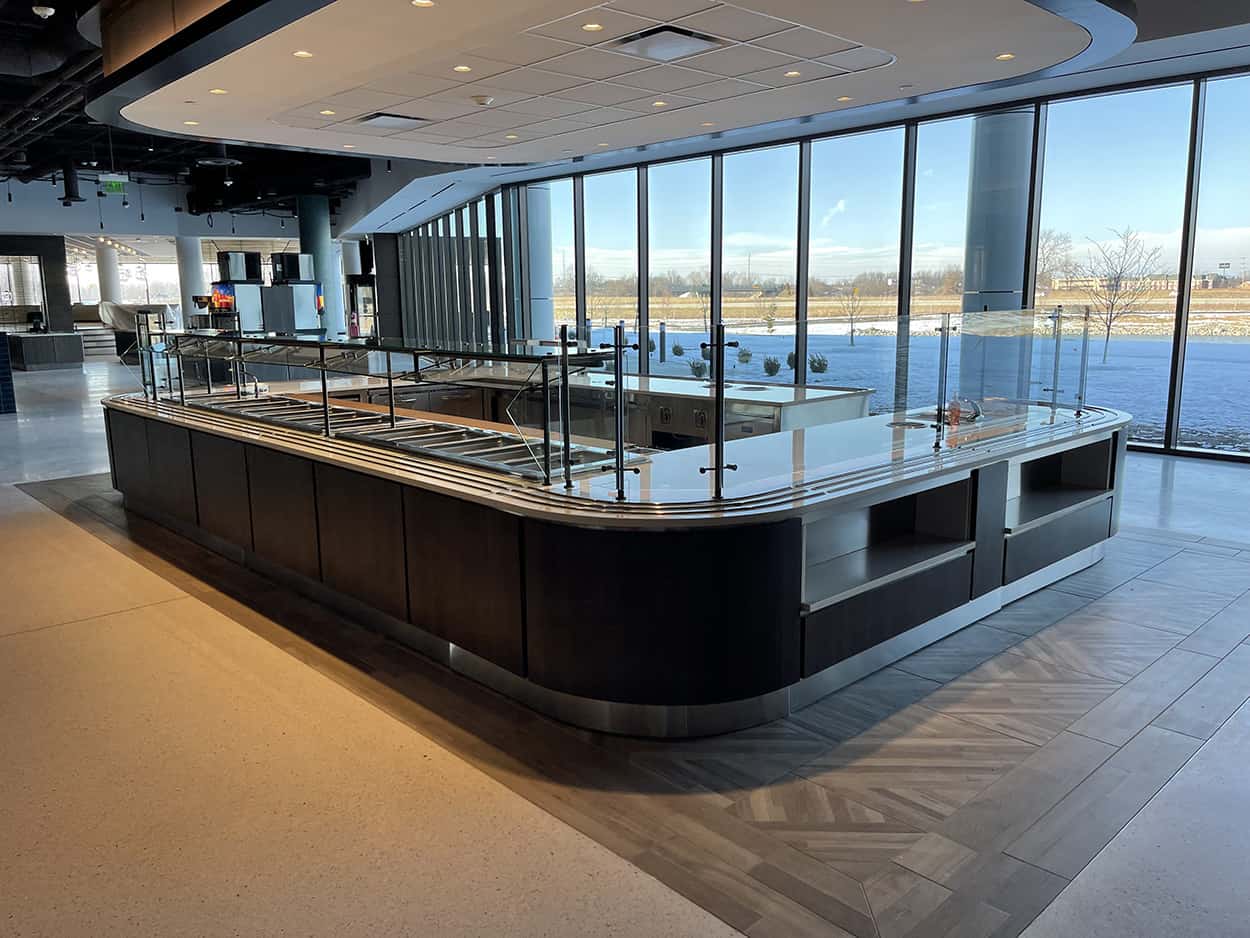How to Set Kitchen Goals
When it comes to running a modern, professional kitchen, there is always room for improvement and growth. To do this, set goals and make sure that you meet them for your kitchen and the restaurant as a whole. When you’re ready to start creating your goals, the best thing to do is to look at pain points in your kitchen. Do you frequently get complaints about the food wait time? Are meals constantly being sent back for being prepared incorrectly? Those are pain points that — with planning — can be fixed.
The best way to go about setting your goals is to follow the S.M.A.R.T philosophy, which stands for Specific, Measurable, Achievable, Realistic, and Timely. When you make goals based on this process, you can better narrow down what you want to work on in a quantifiable and time-based way. Some areas that you might want to focus your goals on could be kitchen quality, service quality, or overall restaurant quality. Wherever you find that your restaurant needs help, you can make goals to turn the situation around.
Kitchen KPIs

KPIs stands for key performance indicators, and they are a good way to measure how effectively your kitchen is running. There are a few core areas that you can establish KPIs to help streamline your restaurant operations.
Speed
When patrons visit a restaurant, they expect high-quality food to come out quickly. To make this possible, ensure that your kitchen staff is able to produce meals in a timely manner. That means evaluating what types of foods you cook, and how long their preparation takes, so that you can set realistic speed KPIs.
Some recommendations to help increase speed are to preheat everything as you arrive in the kitchen to ensure everything is hot and ready once you’re ready to cook. Additionally, take time to prep all of your ingredients efficiently so that you don’t have to slow down while you’re actually cooking to recut a vegetable or prep something you forgot at the prep stage.
Consistency
Every chef or cook in your kitchen must be dedicated to delivering consistent standards across every item on the menu. If a customer orders a meal on Tuesday and comes back Sunday to order the same thing, they are going to expect the food will taste just as good as the first time.
One way to help with consistency is to keep your menu simple.Some restaurants suffer from having too many items on their menu. This means that the chefs have to cook many different things on any given day, which can result in subpar meals across the board. On the other hand, if you curate a pared down, concise menu, cooks making the same meals every day perfect those dishes and consistently deliver an outstanding dish.
Quality
When it comes to quality food, you need quality ingredients. Ensure that the kitchen is stocked with fresh, high-quality items to give your cooks and chefs a good head start to prepare their meals.
Another way to enhance the quality of your food is to invest in proper cooking equipment. While heating up food in a microwave is pretty normal in a home kitchen, it doesn’t have a place in the modern, professional kitchen. You can find the best kitchen essentials to increase restaurant operations at The Kitchen Spot.
Service Quality
Delicious food alone is not going to keep your restaurant afloat. Your service team is the face of the restaurant and if their service is poor, they can repel customers for good. The best thing you can do is set service standards, goals, and KPIs to determine a process for providing the best service.
Hosts
Hosts should be properly trained on how to greet and seat guests when they arrive at your restaurant. You could use a digital layout of the seating so that hosts can easily see what tables are available and quickly seat the customers.
Servers
Your servers should be fully knowledgeable about the restaurant menu and willing to discuss each option should customers have any questions about what to order. Additionally, if you invest in a point-of-sale (POS) system, it will make communication between the servers and the kitchen staff easier and more streamlined, thus improving overall restaurant operations.
Special Upsells
Restaurateurs expect to generate a profitable income, and one way to do this is to offer daily, weekly, or monthly specials that contain a slight upcharge. If you go this route, train your servers on how to a strategically upsell without making your customers feel pressured. This can also work if you don’t have regular specials since menu items are priced differently, meaning your employees can still recommend higher-priced items to bring in more revenue.
Sanitation
A clean kitchen is an efficient kitchen. Your back-of-house staff should be following daily, weekly, and monthly cleaning schedules to ensure there are no contaminants in contact with food, and that space is clear for efficient production. Make it a goal for employees to follow these schedules and for you to routinely check their work. Cleanliness and health safety must be critically important to every employee.

